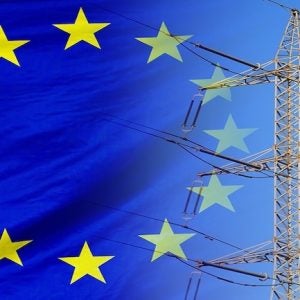Germany’s economy and climate minister Robert Habeck has initiated an energy partnership with the Emir of Qatar which includes both the supply of liquefied natural gas (LNG) and co-operation on renewables. “It is the Ukraine crisis which has brought me here – the attempt to wean ourselves off Russian coal, oil and gas as quickly as possible,” said Habeck in a video message on Twitter from his trip together with German company representatives. As a global LNG supplier, Qatar could play an important role for Germany and the government. “The good news is that [the gas] will be made available. Now it is up to the companies to sign the contracts,” said Habeck. After years of stalled talks between Qatar and German companies, a “political push” had become necessary, which his team provided, Habeck told public broadcaster ARD. Overall, Germany would still need gas from Russia for some time. But the country should introduce an “effective gas reduction strategy”, he added, naming building insulation and a stop to new gas heating systems as possible elements. The minister also said he sensed “great open-mindedness” in Qatar when it comes to the energy transition in Germany, although he did not provide details.
Habeck also visited the UAE, where he agreed on intensified energy co-operation, with a focus on green hydrogen production. First deliveries to Germany could happen as early as this year, the ministry said, adding that existing co-operation projects on hydrogen production already date back to 2017. “A faster expansion of hydrogen supply chains is a key element for the transition to sustainable energy,” Habeck said, adding he would welcome co-operation both by companies and researchers from Germany and the UAE. Siemens Energy, Lufthansa and the Emirates company Masdar are currently working on the ‘Green Falcon’ project with the aim to produce climate-friendly synthetic aviation fuel.
The war in Ukraine has forced Germany to radically rethink its energy policies. It has committed to building terminals for the import of LNG, and aims to use up to 3 million tonnes of green hydrogen per year by 2030 and 11 million tonnes by 2050, most of which will have to be imported.






